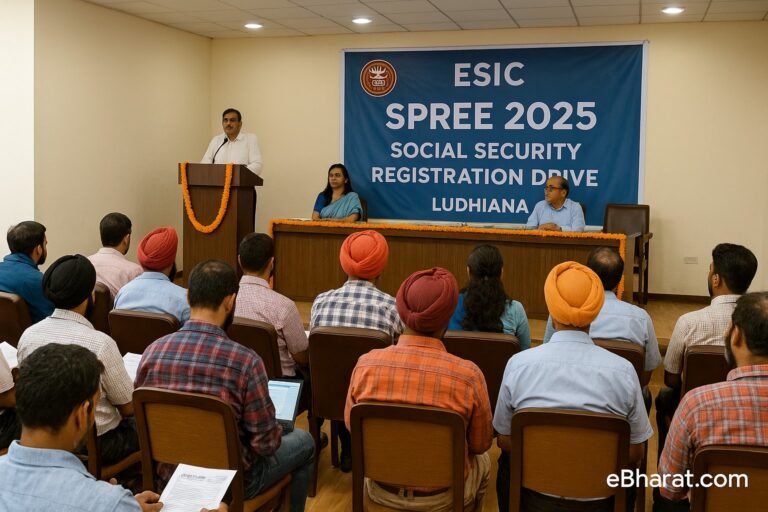
More Indians than ever are turning to Ayurveda, Yoga, Unani, Siddha, and Homeopathy to manage chronic pain, lifestyle diseases, and even long COVID symptoms.
To keep up with this shift, health insurance companies have introduced AYUSH coverage. But what sounds like a great feature often comes with fine print that many buyers overlook.
Let’s decode what AYUSH coverage actually offers — and where its limitations lie.
What is AYUSH Coverage in a Health Insurance Plan?
AYUSH stands for:
- Ayurveda
- Yoga & Naturopathy
- Unani
- Siddha
- Homeopathy
These five systems are officially recognized by the Ministry of AYUSH, Government of India.
Thanks to IRDAI guidelines, most comprehensive health insurance policies now include AYUSH treatment coverage, either as:
- Part of the base policy, or
- As an add-on rider or sub-limit
It’s a great step for those who prefer holistic or traditional treatment approaches — but it doesn’t mean any Ayurvedic or homeopathic treatment is covered.
Not All AYUSH Treatments Are Covered
Just because a doctor prescribes “panchakarma” or a homeopathy remedy doesn’t mean your insurer will reimburse the bill.
To qualify for a valid claim, the treatment must be:
Taken in a hospital/institute recognized by the government
OR in a facility accredited by the Quality Council of India (QCI) or National Accreditation Board
Your neighborhood Ayurvedic doctor or local homeopathy clinic may not qualify — even if they issue a proper bill.
That’s where many claims get rejected.
Coverage Limits Are Usually Lower
Most insurers apply a cap on AYUSH expenses, which is often separate from the total sum insured.
Here’s how it typically works:
- A fixed limit like ₹25,000 to ₹1,00,000 per year, OR
- A percentage cap — say, 10% to 25% of your total insured amount
- Only in-patient AYUSH hospitalization is usually covered
(i.e., you must be admitted for at least 24 hours)
👉 OPD consultations or short-term therapies are usually excluded unless the insurer specifically allows them.
When Is AYUSH Cover Actually Useful?
AYUSH benefits can be a real blessing if you:
- Regularly undergo Ayurvedic therapies like panchakarma or detox
- Depend on homeopathy for chronic illnesses like asthma or arthritis
- Prefer non-allopathic recovery methods after surgery or viral infections
- Want a second line of treatment with fewer side effects
But here’s the reality:
Unless you plan to get admitted to an AYUSH hospital, these benefits may not get used at all.
Most people don’t opt for in-patient AYUSH hospitalization — so this cover often goes untouched.
Comparison: How Insurers Treat AYUSH Coverage
| Insurer | AYUSH Coverage | Limits | Conditions |
|---|---|---|---|
| HDFC Ergo | Included in base plan | Up to full sum insured | Govt-recognized hospitals only |
| Star Health | Separate AYUSH benefit | ₹25,000 per year | Only for in-patient hospitalization |
| Niva Bupa | Included | Capped at 20% of sum insured | Must be taken at NABH/QCI facility |
Final Word: Know Before You Rely on It
AYUSH coverage is a useful feature in Indian health insurance — especially for people who trust holistic healing.
But here’s the catch:
It doesn’t replace regular health insurance, and it’s not a free-for-all.
- Know the limits and restrictions
- Use government-approved facilities
- Don’t assume every treatment is covered
If you’re passionate about alternative therapies, this cover adds financial support. Just make sure you understand how your insurer defines AYUSH — because every insurer treats it differently.













